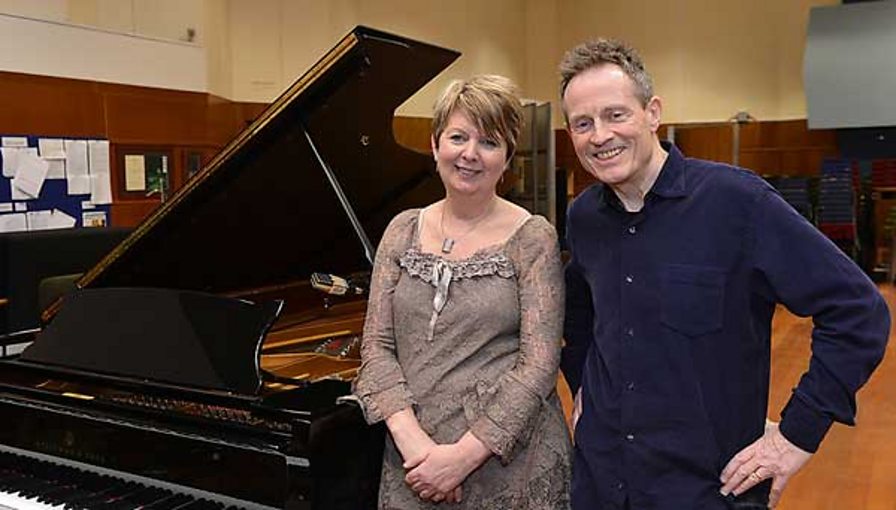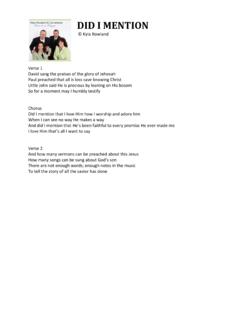

In fact, like me, you could become interested in the subject and learn a great deal about birds.įigure 74 shows a coot, top sketch, and a young sparrow below this. When you are out in the countryside or in a large park make a note of the birds which you see. Think out different word and thought balloons for your creations. Draw your versions of these two funny birds. See how I have left white lines to depict wing feathers. The gliding rook, fig 73, is again exaggerated from the real thing. Note how wings, wing feathers and tail have been sketched. This is a good system with which to start all bird drawings. See how the rough sketch shows a circle for the head transposed on to an oval for the body. Notice how much I have exaggerated this bird. You may have seen these birds stalking your lawn for worms. You can give them human strengths and weaknesses, have them talk, think or even wear clothes.įigure 72 is based very loosely on a thrush. You have a lot of freedom when you cartoon animals. If you think of a bird’s head as being round or oval and the body the same you will be on the right track for all birds. This is not hard as most birds have roughly the same bits and pieces. You have to learn how a bird is put together. In any event it’s good clean fun.Ĭartooning birds requires the same drawing abilities needed for sketching human animals.


Bird watching could help you to become a good animal cartoonist. How have you got on with birds up to now, the feathered sort? You feed them now and again? Good. In this chapter you are about to have a break from cartooning humans.


 0 kommentar(er)
0 kommentar(er)
